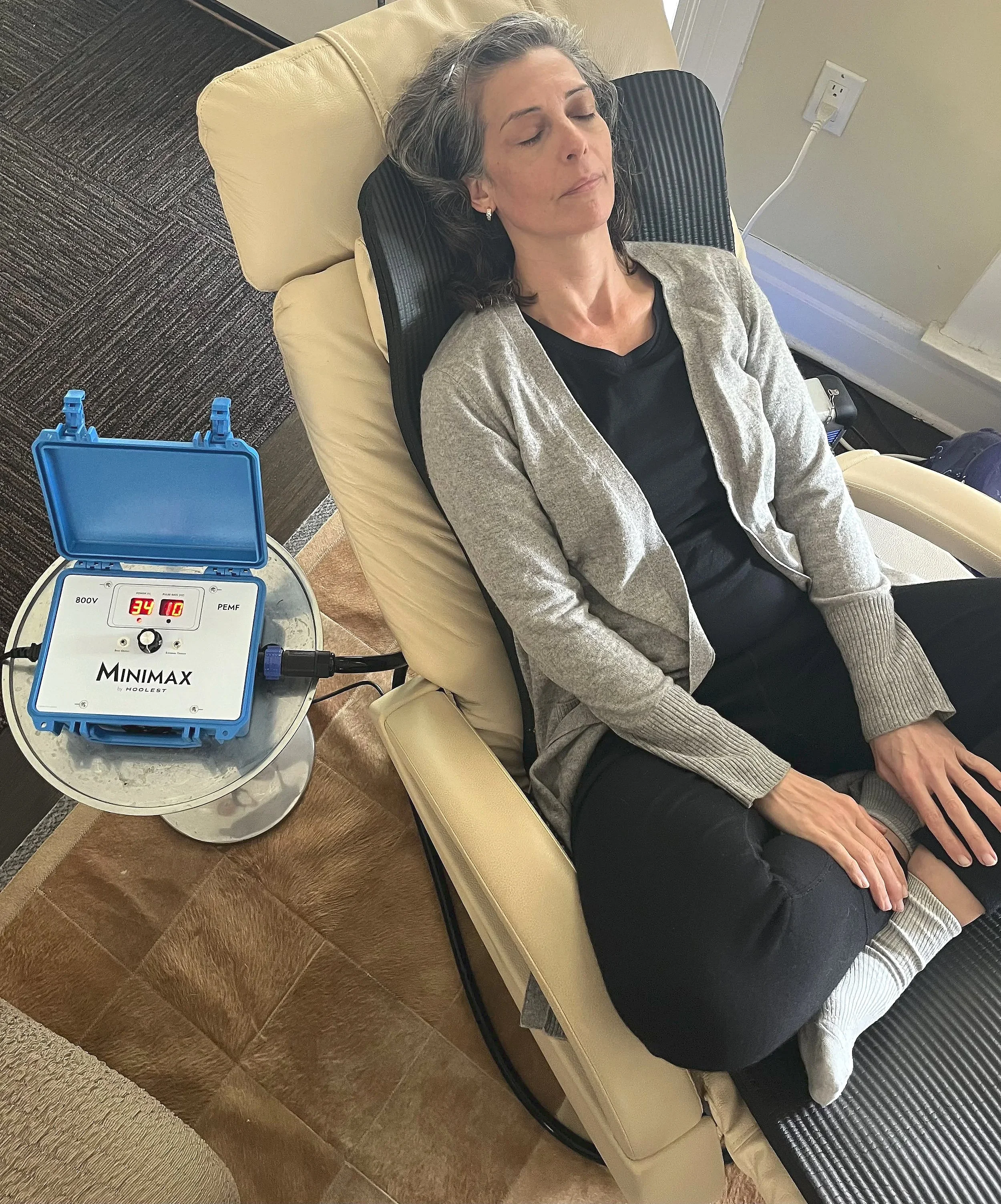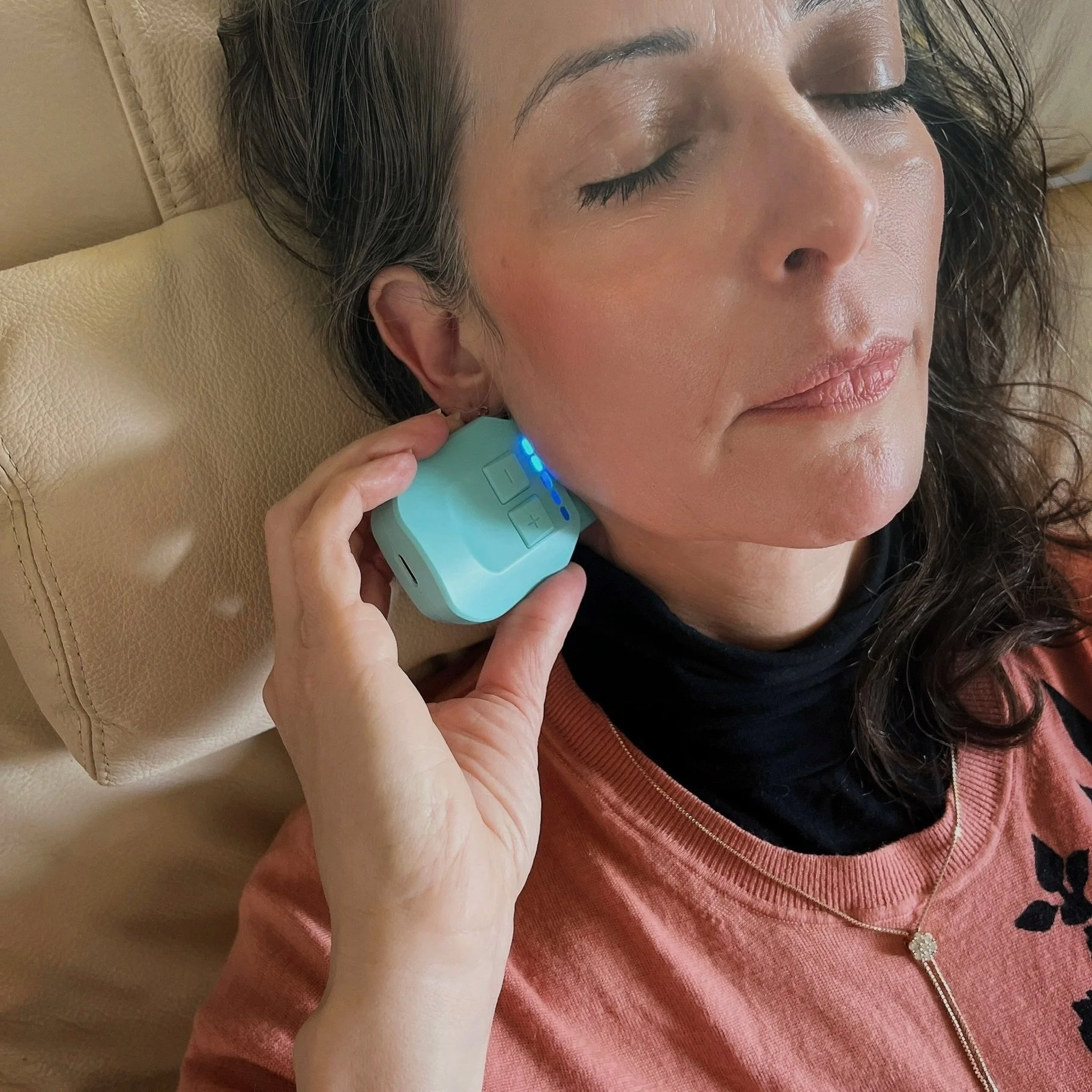Congress Went Home for Holidays, Leaving Millions to Face Rising Healthcare Costs
/By Robert Applebaum
Dec. 15, 2025 – the deadline for enrolling in a marketplace plan through the Affordable Care Act for 2026 – came and went without an agreement on the federal subsidies that kept ACA plans more affordable for many Americans.
Despite a last-ditch attempt in the House to extend ACA subsidies, with Congress adjourning for the year on Dec. 19, it’s looking almost certain that Americans relying on ACA subsidies will face a steep increase in health care costs in 2026.
As a gerontologist who studies the U.S. health care system, I’m aware that disagreements about health care in America have a long history. The main bone of contention is whether providing health care is the responsibility of the government, or of individuals or their employers.
The ACA, passed in 2010 as the country’s first major piece of health legislation since the passage of Medicare and Medicaid in 1965, represents one more chapter in that long-standing debate. That debate explains why the health law has fueled so much political divisiveness – including a standoff that spurred a record-breaking 43-day-long government shutdown, which began on Oct. 1, 2025.
In my view, regardless of how Congress resolves, or doesn’t resolve, the current dispute over ACA subsidies, a durable U.S. health care policy will remain out of reach until lawmakers address the core question of who should shoulder the cost of health care.
The ACA’s Roots
In the years before the ACA’s passage, some 49 million Americans – 15% of the population – lacked health insurance. This number had been rising in the wake of the 2008 recession. That’s because the majority of Americans ages 18 to 64 with health insurance receive their health benefits through their employer. In the 2008 downturn, people who lost their jobs basically lost their health care coverage.
For those who believed government had a primary role in providing health insurance for its citizens, the growing number of people lacking coverage hit a crisis point that required an intervention. Those who place responsibility on individuals and employers saw the ACA as perversion of the government’s purpose. The political parties could find no common ground – and this challenge continues.
The major goal of the ACA was to reduce the number of uninsured Americans by about 30 million people, or to about 3% of the U.S. population. It got about halfway there: Today, about 26 million Americans, or 8%, are uninsured, though this number fluctuates based on changes in the economy and federal and state policy.
Health Insurance for All?
The ACA implemented an array of strategies to accomplish this goal. Some were popular, such as allowing parents to keep their kids on their family insurance until age 26. Some were unpopular, such as the mandate that everyone must have insurance.
But two strategies in particular had the biggest impact on the number of uninsured. One was expanding the Medicaid program to include workers whose income was below 138% of the poverty line. The other was providing subsidies to people with low and moderate incomes that could help them buy health insurance through the ACA marketplace, a state or federal health exchange through which consumers could choose health insurance plans.
Medicaid expansion was controversial from the start. Originally, the ACA mandated it for all states, but the Supreme Court eventually ruled that it was up to each state, not the federal government, to decide whether to do so. As of December 2025, 40 states and the District of Columbia have implemented Medicaid expansion, insuring about 20 million Americans.
Meanwhile, the marketplace subsidies, which were designed to help people who were working but could not access an employer-based health plan, were not especially contentious early on. Everyone receiving a subsidy was required to contribute to their insurance plan’s monthly premium. People earning US$18,000 or less annually, which in 2010 was 115% of the income threshold set by the federal government as poverty level, contributed 2.1% of their plan’s cost, and those earning $60,240, which was 400% of the federal poverty level, contributed 10%. People making more than that were not eligible for subsidies at all.
In 2021, legislation passed by the Biden administration to stave off the economic impact of the COVID-19 pandemic increased the subsidy that people could receive. The law eliminated premiums entirely for the lowest income people and reduced the cost for those earning more. And, unlike before, people making more than 400% of the federal poverty level – about 10% of marketplace enrollees – could also get a subsidy.
These pandemic-era subsidies are set to expire at the end of 2025.
Cost vs Coverage
If the COVID-19-era subsidies expire, health care costs would increase substantially for most consumers, as ACA subsidies return to their original levels. So someone making $45,000 annually will now need to pay $360 a month for health insurance, increasing their payment by 74%, or $153 monthly. What’s more, these changes come on top of price hikes to insurance plans themselves, which are estimated to increase by about 18% in 2026.
With these two factors combined, many ACA marketplace users could see their health insurance cost rise more than 100%. Some proponents of extending COVID-19-era subsidies contend that the rollback will result in an estimated 6 million to 7 million people leaving the ACA marketplace and that some 5 million of these Americans could become uninsured in 2026.
Policies in the tax and spending package signed into law by President Donald Trump in July 2025 are amplifying the challenge of keeping Americans insured. The Congressional Budget Office projects that the Medicaid cuts alone, stipulated in the package, may result in more than 7 million people becoming uninsured. Combined with other policy changes outlined in the law and the rollback of the ACA subsidies, that number could hit 16 million by 2034 – essentially wiping out the majority of gains in health insurance coverage that the ACA achieved since 2010.
Subsidy Downsides
These enhanced ACA subsidies are so divisive now in part because they have dramatically driven up the federal government’s health care bill. Between 2021 and 2024, the number of people receiving subsidies doubled – resulting in many more people having health insurance, but also increasing federal ACA expenditures.
In 2025, almost 22 million Americans who purchased a marketplace plan received a federal subsidy to help with the costs, up from 9.2 million in 2020 – a 137% increase.
Those who oppose the extension counter that the subsidies cost the government too much and fund high earners who don’t need government support – and that temporary emergencies, even ones as serious as a pandemic, should not result in permanent changes.
Another critique is that employers are using the ACA to reduce their responsibility for employee coverage. Under the ACA, employers with more than 50 employees must provide health insurance, but for companies with fewer employers, that requirement is optional.
In 2010, 92% of employers with 25 to 49 workers offered health insurance, but by 2025, that proportion had dropped to 64%, suggesting that companies of this size are allowing the ACA to cover their employees.
Dueling Solutions
The U.S. has the most expensive health care system in the world by far. The projected increase in the number of uninsured people over the next 10 years could result in even higher costs, as fewer people get preventive care and delayed health care interventions, ultimately leading to more complex medical care
Federal policy clearly shapes health insurance coverage, but state-level policies play a role too. Nationally, about 8% of people under age 65 were uninsured in 2023, yet that rate varied widely – from 3% in Massachusetts to 18.6% in Texas. States under Republican leadership on average have a higher percentage of uninsured people than do those under Democratic leadership, mirroring the political differences driving the national debate over who is responsible for shouldering the costs of health care.
With dueling ideologies come dueling solutions. For those who believe that the government is responsible for the health of its citizens, expanding health insurance coverage and financing this expansion through taxes presents a clear approach. For those who say the burden should fall on individuals, reliance on the free market drives the fix – on the premise that competition between health insurers and providers offers a more effective way to solve the cost challenges than a government intervention.
Without finding resolution on this core issue, the U.S. will likely still be embroiled in this same debate for years, if not decades, to come.
Robert Applebaum, PhD, is a Senior Research Scholar in the Department of Sociology and Gerontology at Miami University. He is also Director of the Ohio Long-Term Care Research Project and Senior Research Scholar at the Scripps Gerontology Center.
This article originally appeared in The Conversation and is republished with permission.







